H.2power Argex
Cooling of buildings in urban environments through the use of purified wastewater
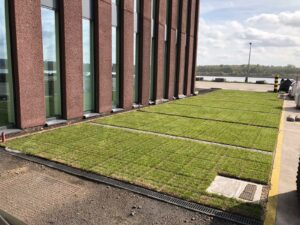
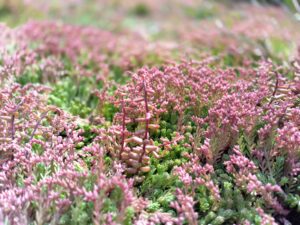
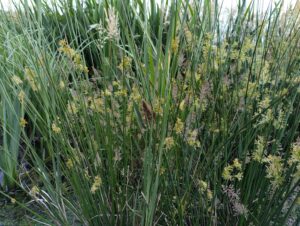
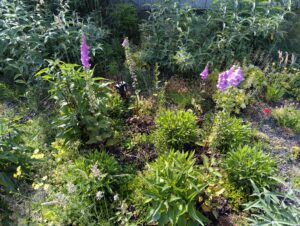
The roof has a mosaic of colors and buzzing sounds, the Kattestaart enjoys the breeze from the Scheldt and meanwhile micro-organisms work diligently to convert waste water into reusable toilet flush water. This all takes place in and around the Argex office in Kruibeke.
Why is circular water use at building level important?
Due to the extreme heat of recent summers, we are also confronted with drought and water shortages in Flanders that cannot be met by rainwater storage alone. Especially in urban environments where the heat island effect only increases the heat problem, citizens seek cooling and use more drinkable water. The H project2power is looking for a concrete solution at building level through a far-reaching water and energy concept in a central urban area. Water is increasingly becoming an important pillar in circular construction, in addition to energy and materials use.
The H2power project looks at the water cycle in the office building from Argex in Kruibeke. The waste water from the 50 employees is collected under 2 parking spaces (Phytoparking = 25m²) purified. Afterwards, the water goes via a buffer well to the bank plant roof where additional purification is achieved. In addition, the bank plants provide biodiversity on the roof, cool the environment and reduce temperature fluctuations in the building. The water from the bank plant roof ends up in a buffer well after which it is reused for toilet flushing. The surplus of purified wastewater can be infiltrated into the soil, although this is currently not legally permitted. More details can be found at the bottom of this page infographic and a video as well as in a article from Aquarama.
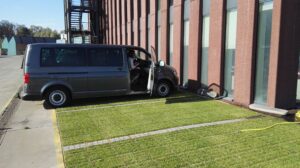
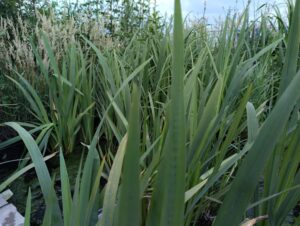
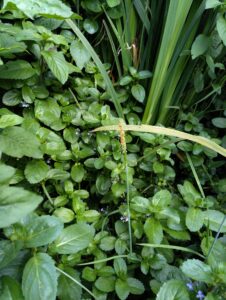
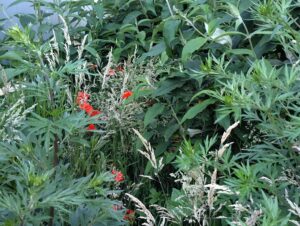
Would you like to know more about the H2power project?
Then be sure to visit Kruibeke September 26, 2024. Sign up so that you can visit the Phytoparking and the bank plant roof as well as to see the first results from VITO and Ghent University.
How does it work?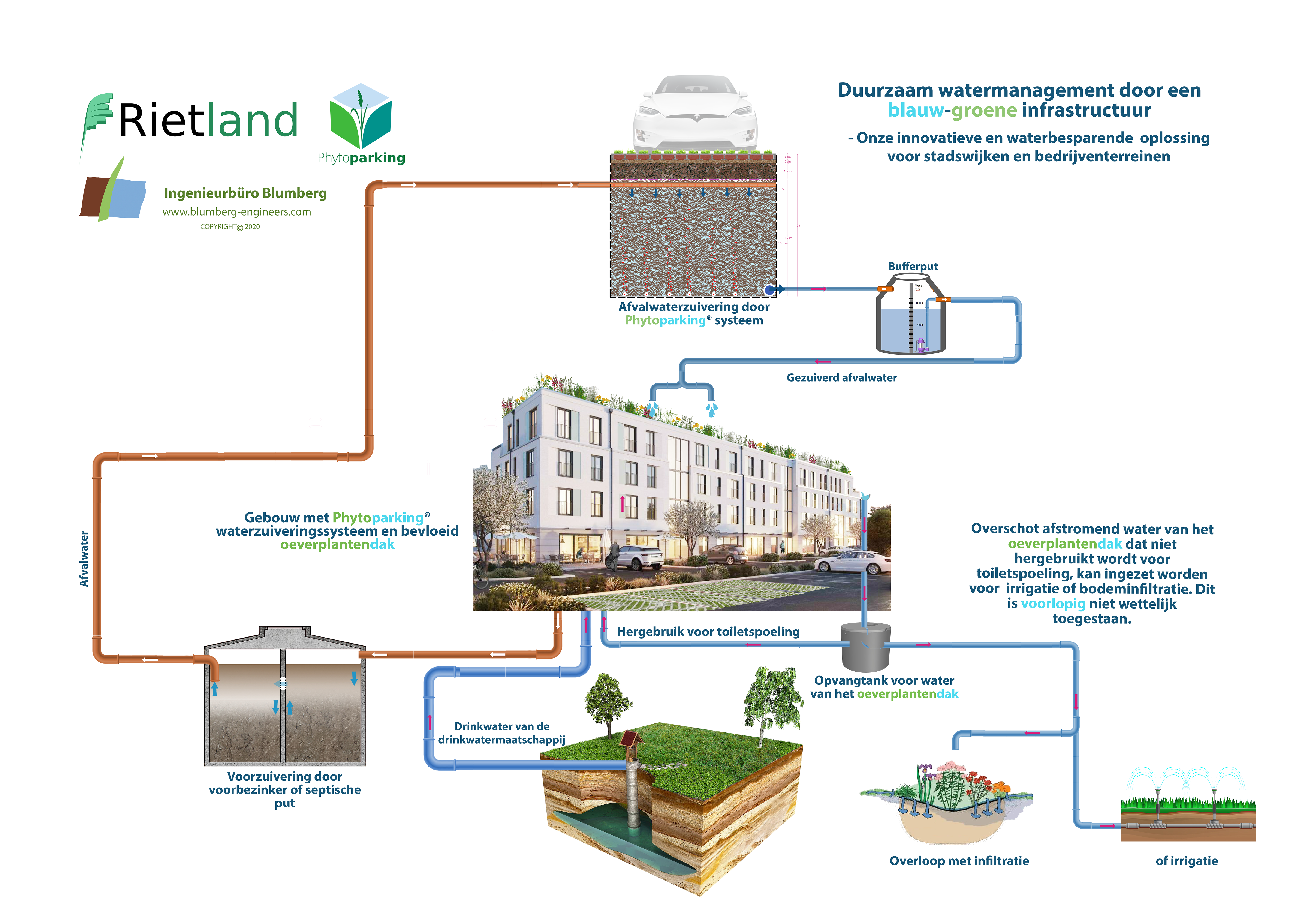
The project examines four innovations:
- Purify local wastewater in one Phytoparking. The waste water from the office (mainly toilet water) of Argex (~50 employees present) is purified under 2 parking spaces next to the building. The purified wastewater complies with Flemish legislation. Companies that currently pay a discharge levy can reduce this by using a Phytoparking that does not take up space.
- Purified wastewater reuse for toilet flushing. Wastewater is produced 7 days a week, so there is sufficient capacity available every day. This is the major advantage compared to rainwater that must be stored in large tanks to bridge long dry periods. A rainwater well can become empty, meaning you still have to switch to drinking water, while this problem never arises with treated wastewater. A water saving of 30% can be achieved if the water is only used for toilets or up to 90% if a post-purification system is installed.
- Further purification of purified wastewater by a bank plant roof and meanwhile combat the heat island effect through evaporation. The riparian plants The roof houses micro-organisms that purify the water even further. In addition, riparian plants have a large leaf surface to evaporate more water. This provides extra cooling of the environment. The bank plant roof can also contribute to the insulation of the building, resulting in fewer temperature fluctuations in the indoor climate. This makes installing air conditioning less necessary.
- Infiltration of excess treated wastewater into the soil. Infiltrating treated wastewater would, in addition to infiltrating rainwater, reduce the risk can reduce desiccation problems. This is currently legally impossible because treated wastewater is labeled as wastewater.
Who are the partners?
Rietland: designs and builds reed beds such as the Phytoair, Phytoparking, Phytocube and Riparian Plant Roof. This natural purification is used to purify domestic wastewater or water from agriculture and the agro-food industry. Rietland is the project leader of H2power, designed the bank plant roof in collaboration with the German Ingenieurbüro Blumberg.
Cofrax: permanent partner of Rietland in the construction of reed fields, installation of wells and sewerage works.
Argex: produces and distributes light clay granules that are used in construction and infrastructure works as well as as a substrate for reed fields and roof gardens. In this project, Argex is the client with important knowledge about the substrate.
IBIC: realizes total concepts around green roofs and fall protection. IBIC was responsible for the construction of the intensive and extensive green roof in this project
university of Ghent: This research and knowledge institution maps out at H2pOwer how the wastewater is purified through the Phytoparking and bank plant roof.
VITO: The Flemish Institute for Technology is investigating the energy gain at H2pOwer as well as the effect on the heat island effect.
VLAKWA: The Flemish Water Knowledge Center supports the H2pOwer project.

